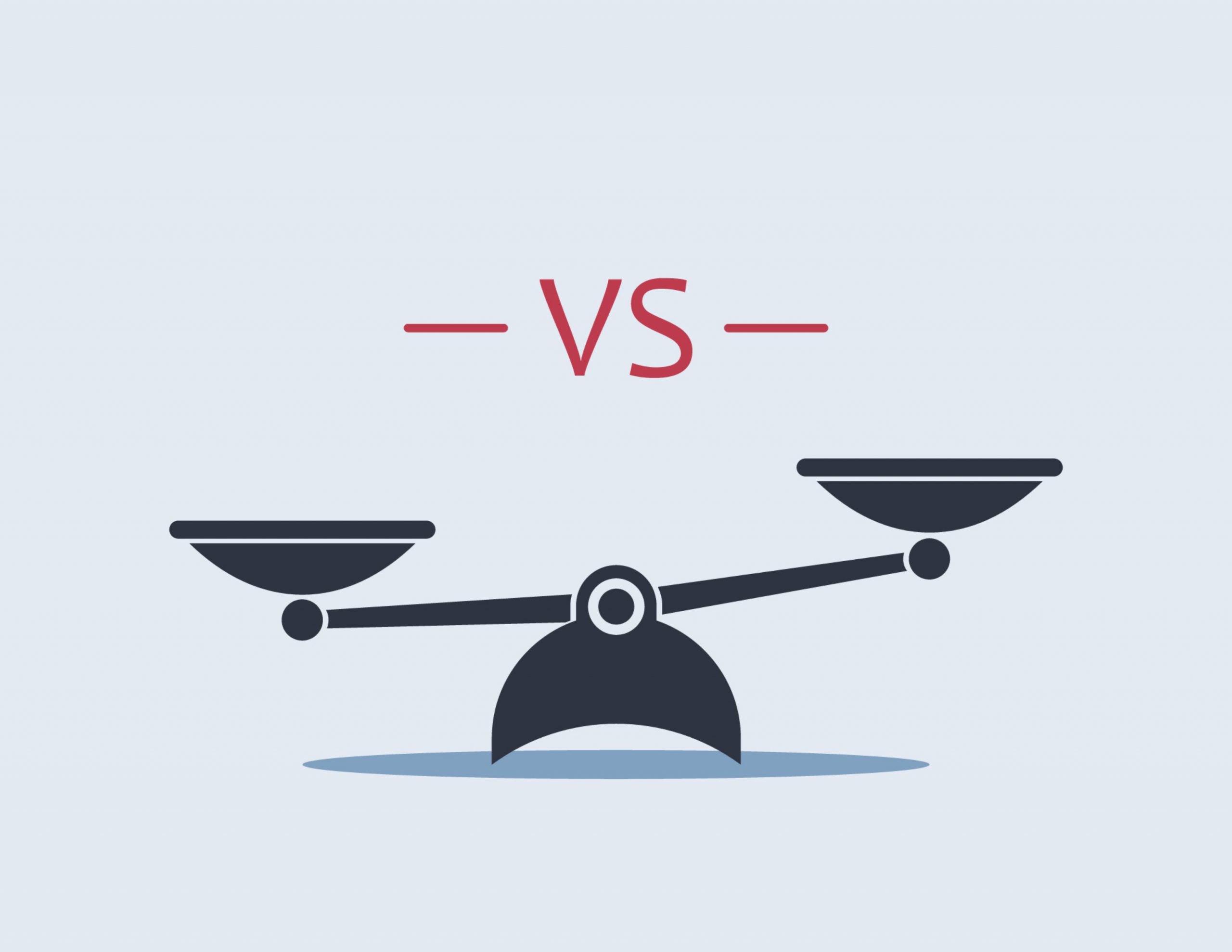
PayPal Holdings, Inc. (PYPL) operates a technology platform, enabling digital payments on behalf of merchants and consumers worldwide. Its payments platform allows consumers to send and receive payments in approximately 200 markets and about 100 currencies.
On the other hand, Visa Inc. (V) operates as a payment technology company worldwide. The company facilitates digital payments among consumers, merchants, financial institutions, businesses, strategic partners, and government entities.
Digital financial transactions gained traction amid the pandemic. According to a World Bank report, more than 65% of adults worldwide are now involved in digital transactions.
Christine Zhenwei Qiang, Global Director for Digital Development Global Practice, said, “The COVID-19 pandemic has highlighted the fundamental role that digital infrastructure can play in rapidly delivering services and social assistance to people.”
Moreover, with rising financial independence and inclusivity, the financial services industry has witnessed solid growth over the past years. Furthermore, according to Report Linker, the global financial services market is projected to grow at a CAGR of 9.6% until 2026. Both PYPL and V are well-known names in the industry and should grow significantly in the coming years.
PYPL has lost marginally over the past month, while V has lost 7.2%. However, PYPL has lost 49.6% year-to-date, while V has lost 7.5%. Moreover, PYPL has lost 67.6% over the past year. On the other hand, V has lost 11.4% over the past year. But which of these stocks is the better pick now? Let's find out.
Latest Developments
On June 28, 2022, PYPL announced the expansion of its credit offerings, including a new business credit card, aiming to assist small business owners financially. This card has no annual fee and grants cardholders 2% cashback on all purchases without expiration, which is expected to attract a lot of micro-business owners in the near term.
On the other hand, on August 3, 2022, V launched its V Eco Benefits in the Asia Pacific region. Eco Benefits is a suite of sustainability-focused solutions aiming to help cardholders better understand the environmental impact of day-to-day payments, a commendable step toward sustainable growth by the payments giant.
Recent Financial Results
PYPL’s net revenues increased 9.1% year-over-year to $6.81 billion for the second quarter ended June 30, 2022. However, its operating income came in at $764 million, down 32.2% year-over-year. Its non-GAAP net income came in at $1.08 billion, down 20.8% year-over-year, while its non-GAAP EPS came in at $0.93, down 19.1% year-over-year.
V’s net revenues increased 18.7% year-over-year to $7.28 billion for the third quarter that ended June 30, 2022. Its non-GAAP net income came in at $4.21 billion, up 29.2% year-over-year. Also, its non-GAAP EPS came in at $1.98, up 32.9% year-over-year. Moreover, its operating income came in at $4.15 billion, up 2.1% year-over-year.
Past and Expected Financial Performance
PYPL’s revenue has increased at a 17.3% CAGR, while its EPS has declined at a 5.9% CAGR over the past three years. Its revenue is expected to increase by 9.7% and 14.3% year-over-year in 2022 and 2023, respectively. Its EPS is expected to grow 14.3% per annum for the next five years.
On the other hand, V’s revenue has grown at 8% CAGR, while its EPS has grown at 9.2% CAGR over the past three years. Analysts expect V’s revenue to increase 20.7% and 11.5% year-over-year in 2022 and 2023, respectively.
V’s EPS is estimated to grow 18.2% per annum for the next five years. In addition, it surpassed consensus EPS estimates in each of the four trailing quarters.
Profitability
PYPL’s 43.47% gross profit margin is lower than V’s 97.33%. Its EBITDA and net income margins of 17.58% and 7.79% are also lower than V’s 70.47% and 51.99%, respectively.
Furthermore, PYPL’s ROE and ROTC are 10.11% and 7.48%, compared with V’s 39.85% and 20.06%, respectively.
Thus, V is more profitable.
Valuation
In terms of forward EV/S, PYPL is currently trading at 3.86x, lower than V’s 14.44x. PYPL’s forward EV/EBITDA of 16.43x is lower than V’s 20.76x. However, PYPL’s forward P/E of 58.60x is 106.7% higher than V’s 28.35x.
POWR Ratings
V has an overall rating of B, equating to Buy in our proprietary POWR Ratings system. On the other hand, PYPL has an overall rating of D, which translates to Sell. The POWR Ratings are calculated considering 118 different factors, with each factor weighted to an optimal degree.
V has a B grade for Quality. Its 97.33% trailing-12-month gross profit margin is 94.9% higher than the industry average of 49.94%, and its trailing-12-month net income margin of 51.99% is 1,117.1% higher than the industry average of 4.27%.
On the other hand, PYPL has a C grade for Quality. Its trailing-12-month gross profit margin of 43.47% is 13% lower than the industry average, while its trailing-12-month net income margin of 7.79% is higher than the industry average.
In addition, V has a B grade for Stability, consistent with its 60-month beta of 0.90. PYPL has a C grade for Stability, in sync with its 60-month beta of 1.44.
Of the 48 stocks in the Consumer Financial Services industry, V is ranked #7. On the other hand, PYPL is ranked #39.
Beyond what we’ve stated above, we have also rated the stocks for Growth, Value, Momentum, and Sentiment. Click here to view V ratings. Get all PYPL ratings here.
The Winner
Amid rapid digitalization, both V and PYPL are expected to thrive. However, V’s robust fundamentals make it the better Buy here.
Our research shows that odds of success increase when one invests in stocks with an overall Rating of Strong Buy or Buy. View all the top-rated stocks in the Consumer Financial Services industry here.
PYPL shares were trading at $95.43 per share on Thursday morning, up $0.46 (+0.48%). Year-to-date, PYPL has declined -49.40%, versus a -15.82% rise in the benchmark S&P 500 index during the same period.
About the Author: Riddhima Chakraborty

Riddhima is a financial journalist with a passion for analyzing financial instruments. With a master's degree in economics, she helps investors make informed investment decisions through her insightful commentaries.
PayPal vs. Visa: Which Stock Is a Better Buy Right Now? StockNews.com






